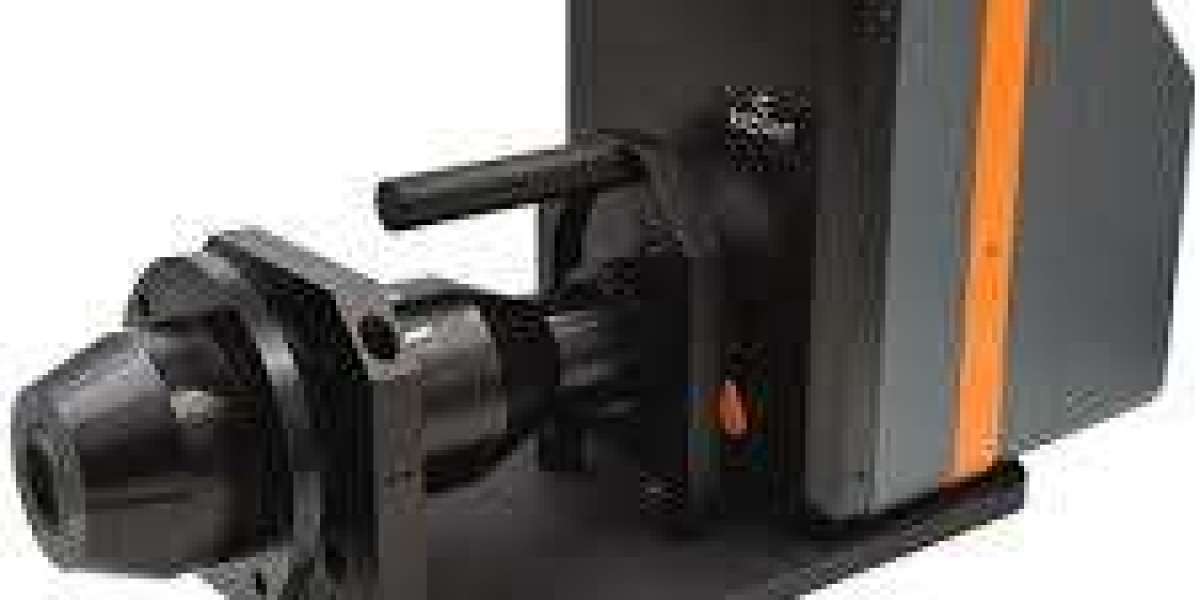A conoscope lens is a special optical component designed to observe and measure the angular distribution of light. It’s commonly used in display testing, especially for LCDs and OLEDs, to check how light behaves at different viewing angles. This lens helps engineers and researchers see how a screen looks from various directions without physically moving the display.
Let’s learn how this lens works and where it's commonly used.
How Does a Conoscope Lens Work?
The conoscope lens works based on collimated light and angular mapping. When placed in front of a display, it collects light from all directions at once. It then focuses this light into a pattern that shows how the display performs at every angle.
This is very useful for testing:
Brightness consistency
Color shift
Viewing angle accuracy
Contrast changes at off-axis
Instead of using rotating stages or cameras, the conoscope lens gives instant, full-angle images—saving time and increasing accuracy.
Main Applications of Conoscope Lenses
| Industry | Application |
|---|---|
| Display Manufacturing | Viewing angle testing for LCDs and OLEDs |
| Optical Research | Analysis of birefringence and light patterns |
| Automotive Displays | Visibility checks for dashboard screens |
| AR/VR Devices | Lens performance and light field studies |
| Backlight Modules | Uniformity and diffusion analysis |
Why Use a Conoscope Lens?
There are several key benefits of using a conoscope lens in optical testing systems:
Fast full-angle measurements without rotation
High-precision data for color and brightness
Non-contact testing method—no need to touch the screen
Compact design, perfect for lab and factory environments
Reliable repeatability across different devices
This lens is especially useful when working with high-end displays that must perform well at all angles.
Conoscope Lens vs. Traditional Imaging Lens
| Feature | Conoscope Lens | Traditional Imaging Lens |
|---|---|---|
| Light capture method | Angular light (full viewing cone) | Straight-on image capture |
| Application | Display testing, optical analysis | General imaging |
| Data collected | Viewing angle info | 2D spatial image |
| Test speed | Very fast | Slower due to moving parts |
The conoscope lens gives more detailed results in advanced optical testing, especially for angular measurements.
Choosing the Right Conoscope Lens
When selecting a conoscope lens, consider:
Field of View (FOV): Wide enough to capture all display angles
Wavelength Range: Compatible with your light source
Resolution: High enough for your measurement system
Mount Type: Works with your camera or sensor setup
Application: Display test, laser light, optical wavefronts, etc.
Choosing the correct lens type ensures better accuracy in your optical system.
Conclusion
The conoscope lens is a smart solution for anyone working in display testing or light measurement. It provides fast, precise, and full-angle data without the need for complicated equipment. Whether you're designing a new display or improving product quality, this lens gives the detailed insight needed to make better decisions.







